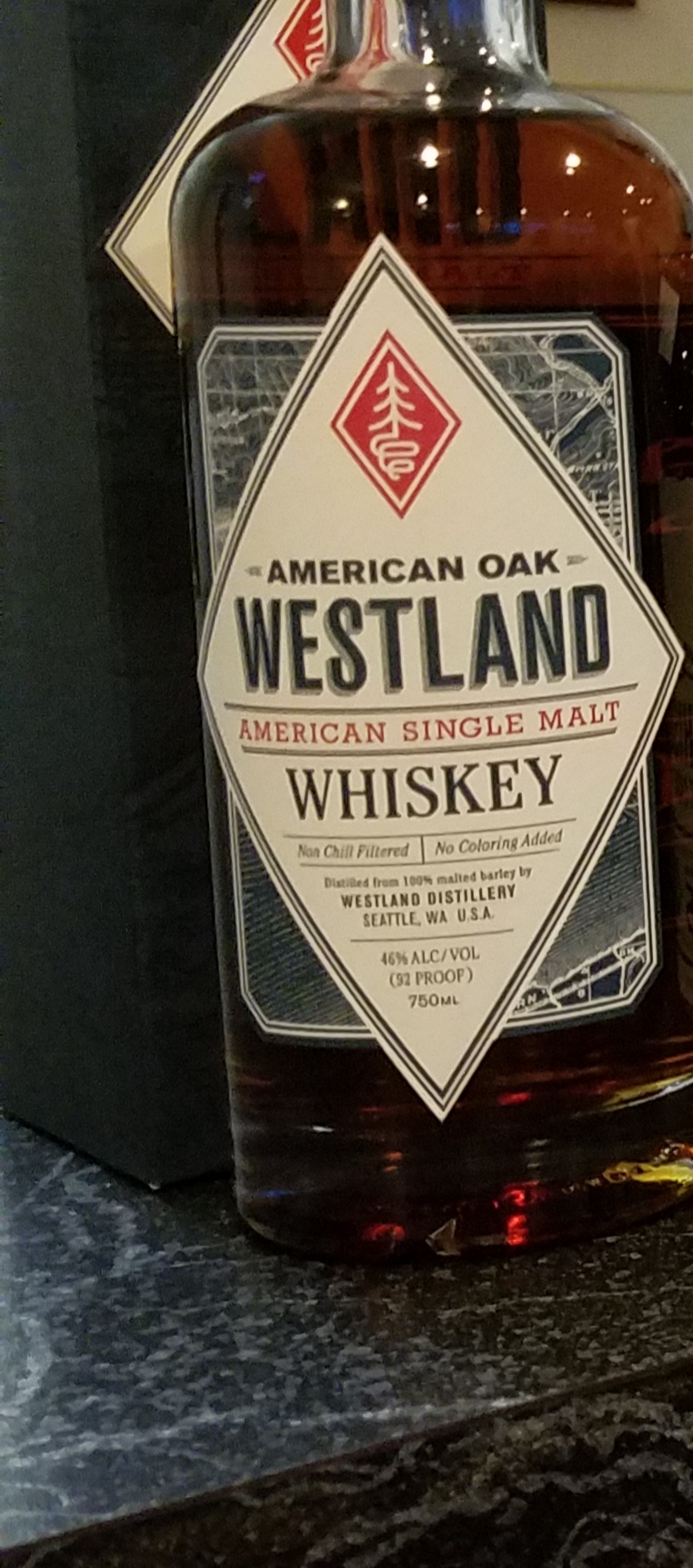When Scotch and Bourbon Make Babies
Whiskey is awesome, which you already know is my very simple long-standing opinion on this topic. With so much to choose from, a whiskey nerd is loving life right now.
Even though we do have so many styles available, I still find it fascinating when I talk to folks about whiskey, whether friends, customers, or acquaintances, that people are still in the “Scotch-only” or “Bourbon-only” camps. For some reason within the world of whiskey, there is this division in categories among palates and folks who are in one camp or the other are adamant in their position that Scotch is better than Bourbon and Bourbon is better than Scotch. Why the disdain for one over the other?
Scotch (more specifically single malt Scotch) drinkers like the character that is typically dry on the finish thanks to malted barley’s presence and aging taking place in older barrels. Varying levels of peat smoke get involved and adds another layer of flavor, which leads to the Bourbon drinkers to say “I don’t like Scotch because it is peaty.”
Bourbon, on the other hand, tends to have a sweeter finish due to the use of corn and aging in charred new oak barrels; the mellow, vanilla, and caramel flavors pop, leading to the Scotch drinker to say “I don’t like Bourbon because it is too sweet.”
But now there is an emerging category showing up on our shelves: The American Single Malt Whiskey. We tend to only associate “Single Malt” with Scotch whisky and the spelling of “Whiskey” with American whiskey. So what’s the deal with this?
The American Single Malt Whiskey Commission (ASMWC) was formed in 2016 to work on defining a standard for what should allow a producer to call a whiskey “American Single Malt” on a label. Currently, there are about 100 distilleries as members of the ASMWC, spearheaded by Westland Distillery’s Matt Hoffman in Seattle, Washington. At the moment, the standards for American Single Malt Whiskey are outlined as follows:
Must be made for 100% malted barley (as in Single Malt Scotch)
Product of a single distillery in the United States
Distilled to no higher than 160 Proof in pot or column stills (as in Bourbon)
Barreled at no high than 125 Proof (as in Bourbon)
Killer bottle from our recent whiskey class at the store.
Can be aged in any type of wood
So what does the whisk(e)y partisan do now? Elements of both camps have been combined and has offered a lot of flexibility for the producer. It doesn’t have to be charred new oak or an oak barrel at all. You can age it in chestnut, ash, cherrywood…whatever you want. It can be different types of barley, so maybe a strain used for beer-brewing ends up being used for whiskey production (which happens, by the way, and makes terrific whiskeys). Want to appeal to the peat lovers out there? You can use whatever you like to impart smoke; a popular method, notably in the American Southwest, is to dry malted barley over a mesquite fire.
Speaking of this use of mesquite, this also allows producers to show off regional character and authenticity. The goal here is not to re-create Scotch; Scotland has unique climatic characteristics that make Scotch whiskey what it is. Does a producer in Colorado have low-iron mountain spring water? Chances are that’s going into the whiskey. Have a local type of wood? Age it in that (See Westland’s Garryana Whiskey ($160) for an example that gets a lot of love that I sadly have not yet been able to taste).
The palette of flavors and aromas that can come from American Single Malts is just as diverse as Scotch and Bourbon. Now…this is typically a pricier category as American Single Malts are not made on a large scale, especially in cases where some local ingredients are in short supply. However, I think you will find that American Single Malts offer you a unique experience.
I had mentioned before in an old blog post that I was given the Balcones ‘1’ Single Malt (now $70 instead of $90 2 years ago) blindly and could not figure out what I was tasting. I told the person who poured it for me that it tasted like Scotch and Bourbon had a baby together. Years later, here we are with a new group of whiskeys that are full of flavor, authenticity, and appeal to both the Bourbon and Scotch fan. Here are three to look for while you are out shopping. You won’t be disappointed.
Tuthilltown Spirits Hudson Single Malt Whiskey ($49): Scotland will typically use old Bourbon barrels or larger neutral barrels to round out the texture of malt whisky. The Hudson uses small (200L) new American oak barrels to quickly (6-24 months) add flavor to the biscuit-like sweetness of the malt whiskey. Smooth in texture, light on the finish, and an easy way to introduce yourself to an American Single Malt.
Westland American Oak Single Malt ($70): Westland is as transparent as you can ask for when it comes to wanting to know what is in the whiskey. Find the nuts and bolts details here and I find their tasting notes to be rather accurate. My experience was a distinct dark chocolate aroma and flavor with a custard like texture on the palate. Fruitiness comes out on the finish, specifically cherries and apricots.
Hamilton Distillers Del Bac Dorado Mesquite Smoked ($50): Here’s your American take on peat by using mesquite wood. This is a campfire with pipe tobacco on the nose, followed by what I would describe as sinking your teeth into a BBQ bacon burger. Savory, rich, and spicy after the smoke subsides. This is a no-brainer summertime whiskey.







